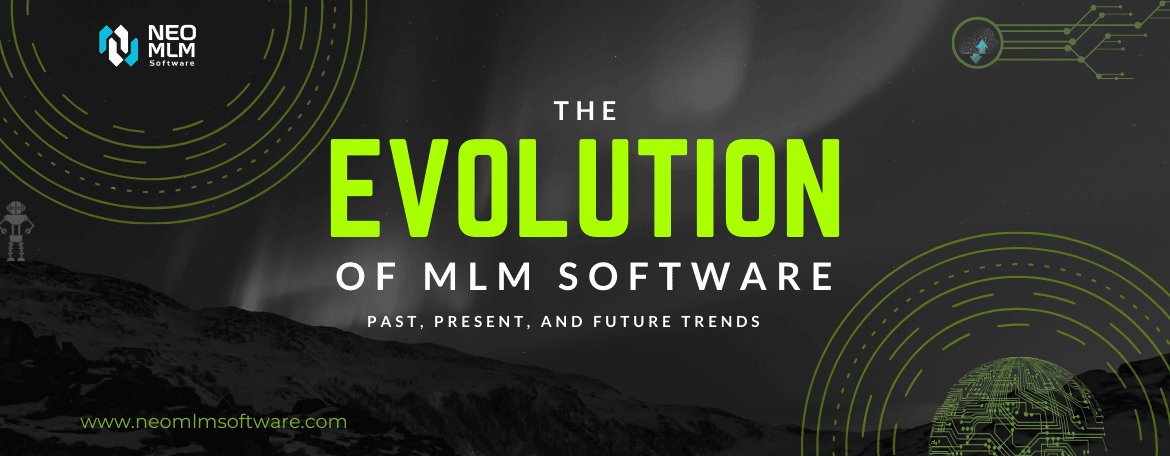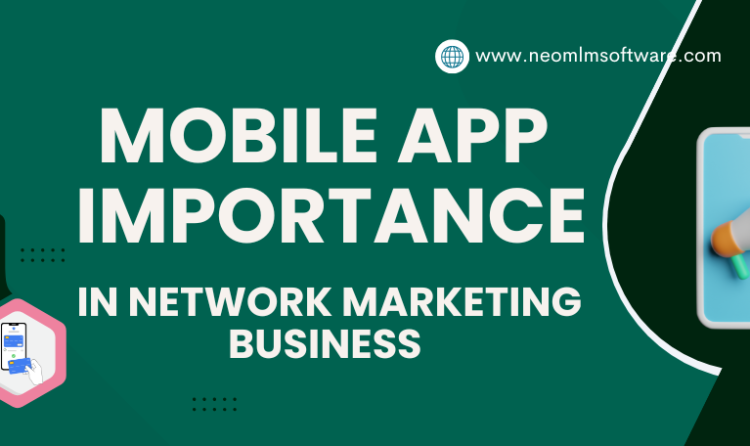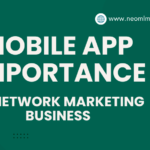A Journey through the Past, Present, and Future Trends
In the realm of network marketing, businesses continue to expand and diversify, the need for efficient and scalable solutions becomes paramount.
MLM software is not merely a tool; it’s the catalyst that propels network marketing into the digital age, offering a seamless fusion of technology and strategy
In this comprehensive guide, we embark on a journey through the evolution of MLM software solutions, tracing its roots, examining the current landscape, and peering into the future trends that promise to shape the industry.
Whether you’re an expert network marketer or a budding entrepreneur, understanding the historical context, current dynamics, and future possibilities is crucial in making informed decisions for your MLM business.
The Past: Foundation and Early Innovations
In the not-so-distant past, MLM operations relied heavily on manual processes and limited technology. This era was marked by spreadsheets, manual tracking, and a lack of robust systems to handle the complexities of multi-level compensation plans.
As the demand for more efficient solutions grew, the first generation of MLM software emerged, automating basic tasks and providing a foundation for the industry to build upon.
However, these early systems had their limitations.
1. Scalability.
2. User-friendliness
3. Adaptability
As the industry evolved, so did the expectations from MLM software, leading to a surge in advancements to meet the growing needs of network marketing businesses.
The Present: Cutting-Edge Solutions and User-Centric Design
Fast forward to the present, and the MLM software landscape has transformed dramatically. Today’s solutions are sophisticated, scalable, and tailored to meet the diverse needs of MLM businesses worldwide. The integration of Artificial Intelligence (AI), Blockchain, and intuitive User Interfaces (UI) has revolutionized the way network marketers operate and manage their businesses.
Key Trends in Present-Day MLM Software:
- Blockchain Integration for Security and Transparency: Blockchain technology has emerged as a game-changer, providing enhanced security, transparency, and traceability to MLM transactions. Smart contracts on the blockchain ensure that all transactions are verifiable and tamper-proof, fostering trust among network marketers and customers alike.
- AI-Powered Analytics for Informed Decision-Making: Artificial Intelligence is not just a buzzword; it’s a practical tool that empowers MLM businesses with predictive analytics, personalized recommendations, and data-driven insights. MLM software with AI capabilities enables businesses to understand user behavior, optimize compensation plans, and make informed decisions for sustainable growth.
- Mobile-Friendly Interfaces for On-the-Go Management: In the age of smartphones, having a mobile-friendly MLM software interface is not just a convenience but a necessity. Today’s MLM software solutions prioritize responsive design, ensuring that network marketers can manage their businesses on-the-go with ease.
- E-Wallets and Cryptocurrency Integration: The integration of E-Wallets and cryptocurrency payment options has streamlined financial transactions within MLM platforms. This not only enhances user experience but also opens up new avenues for global expansion, as businesses can seamlessly conduct transactions across borders.
Actionable Insights for the Present:
- User-Friendly Interface Matters: When choosing an MLM software solution, prioritize a user-friendly interface. A system that is intuitive and easy to navigate will save time, reduce training costs, and enhance overall user satisfaction.
- Security Should be Non-Negotiable: In an era where data breaches make headlines, prioritize MLM software solutions with robust security features. Blockchain integration, secure payment gateways, and compliance with data protection regulations should be at the forefront of your decision-making process.
- Scalability for Future Growth: Your MLM business is not static, and neither should your software be. Choose a solution that can scale with your business, accommodating new distributors, expanding product lines, and adapting to the changing landscape of network marketing.
- Embrace Mobile Responsiveness: Mobile devices are the primary tools for many network marketers. Ensure that your chosen MLM software is mobile-responsive, allowing your team to manage their business seamlessly, whether they are in the office or on the move.
The Future: Anticipating Trends and Staying Ahead
As we gaze into the future of MLM software, several trends are poised to shape the industry in the coming years. These trends go beyond mere technological advancements; they represent a shift in the way MLM businesses operate and interact with their distributors and customers.
Future Trends in MLM Software:
- Decentralized Autonomous Organizations (DAOs): The rise of DAOs in MLM software signifies a move towards decentralized decision-making and governance. This shift empowers network marketers, allowing them to have a more significant say in the evolution of the MLM platform and the implementation of changes.
- Enhanced Personalization through Machine Learning: The future of MLM software lies in its ability to understand and cater to the unique needs of individual distributors. Machine Learning algorithms will enable platforms to provide personalized recommendations, marketing strategies, and compensation plans, fostering a more engaging and rewarding experience.
- Integration with Virtual and Augmented Reality: Imagine a world where distributors can virtually showcase products, conduct virtual team meetings, and simulate real-life interactions with their downlines. Virtual and Augmented Reality integration is on the horizon, offering a more immersive and interactive MLM experience.
- Smart Contracts Evolution: While smart contracts are already a staple in many MLM platforms, their evolution will include more flexibility and customization. Smart contracts will become even smarter, allowing for dynamic compensation plans, incentive structures, and real-time adjustments based on performance metrics.
Preparing for the Future:
- Adaptability is Key: Stay nimble and open to change. The MLM industry is evolving rapidly, and your software should be able to adapt to emerging trends and technologies seamlessly.
- Invest in Continuous Training: As software evolves, so should the skills of your network marketers. Invest in continuous training programs to ensure that your team is well-equipped to leverage the full potential of the MLM software.
- Collaborate with Innovative Solutions: Keep an eye on emerging technologies and be open to collaborations with innovative solutions. The MLM software landscape will continue to evolve through partnerships and integrations that enhance the overall user experience.
- Customer Feedback as a Driving Force: Your distributors and customers are at the forefront of your business. Collect feedback, understand pain points, and actively involve your community in shaping the evolution of your MLM software.
Conclusion:
In the ever-evolving world of MLM software, understanding the past, navigating the present, and anticipating the future are crucial steps in crafting a path to success. Choose a software solution that aligns with your business goals, prioritizes user experience, and has the flexibility to grow with your evolving needs.
By staying informed, embracing innovation, and fostering a culture of adaptability, you position your MLM business not just to survive but to thrive in the dynamic landscape of network marketing. The journey may be challenging, but with the right MLM software as your ally, the possibilities for success are limitless.
Related:
1. Customizing MLM Software for Different Compensation Plans
2. Optimizing Sales and Downline Management with MLM Software
3. MLM Software vs. Traditional Business Tools: Advantages and Differences
4. Choosing the Right MLM Software: Key Features and Considerations






